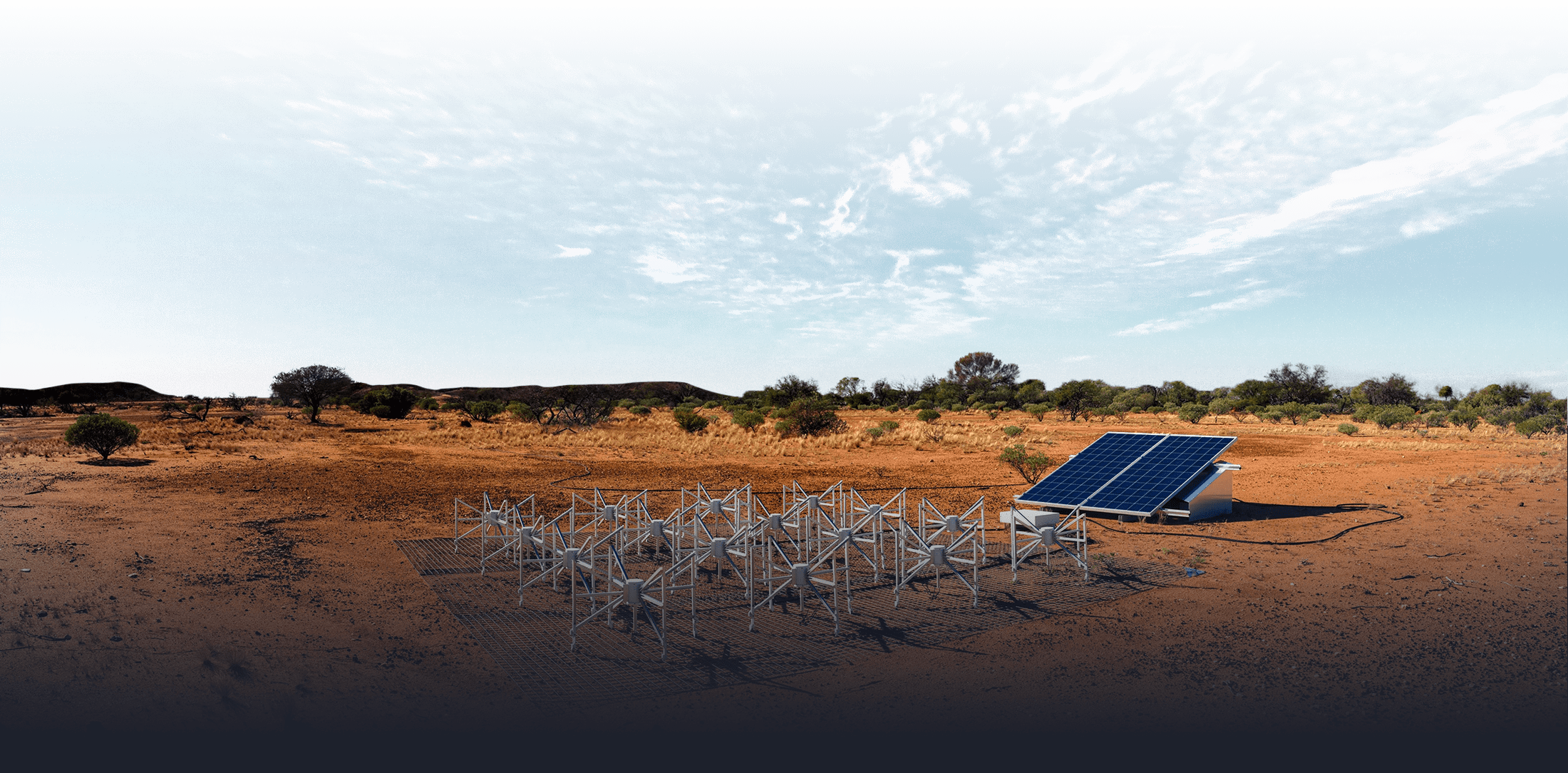A new, expansive view of the Milky Way reveals our Galaxy in unprecedented radio colour
Author: ICRAR Astronomers from the International Centre of Radio Astronomy Research (ICRAR) have created the largest low-frequency radio colour image of the Milky Way ever assembled. This spectacular new image captures the Southern Hemisphere view of our Milky Way galaxy, revealing it across a wide range of radio wavelengths, or ‘colours’ of radio light. It […]
Read More




